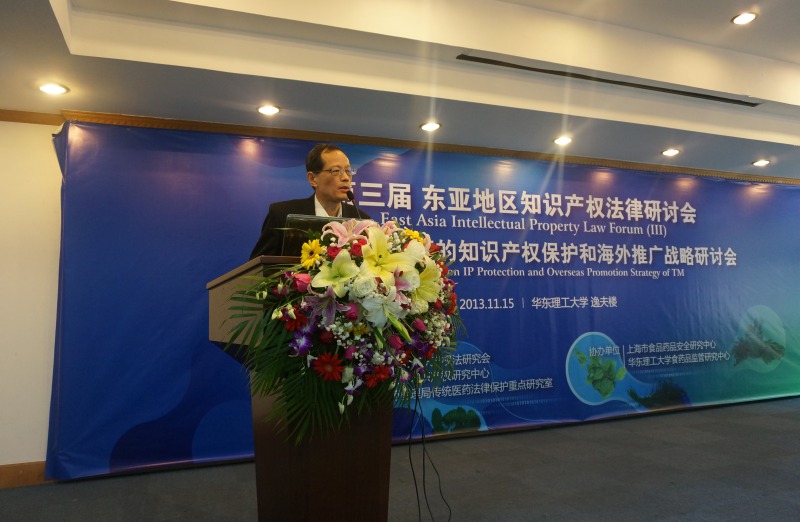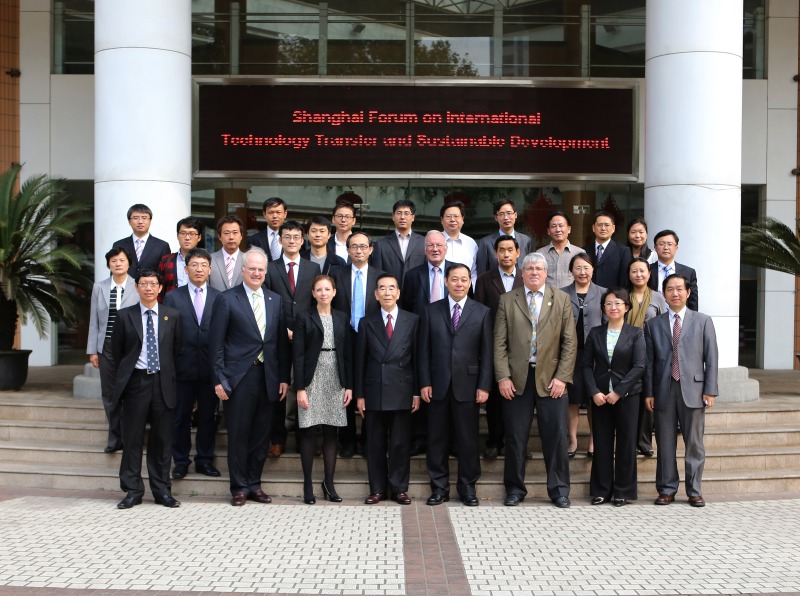The Trade of GM Products and the Regulation of International Law
Hu Jiaxiang
Journal of Shanxi University (Philosophy &SocialScience) 2015(4)
Abstract: So far, there is noinstitution in the world which has made any convention binding on the trade of GM products. Relevant articles can be found in the agreements under the WTO regime and other global or regional trade agreements.Except for the WTO rules,international conventions normally do not have the binding effect. Even so, the binding effectsof GATT and SPS and TBT are different. The SPS requests WTO Members should base their border restrictive measures on the sound evidence of science and technology. The TBT allows the requirement for product quality extending to the production process. As the core provisions of the multilateral trade regime, GATT and SPS and TBE have delineated the baseline for the regulations on GM products.Nevertheless, WTO rules aim toregulate the market access of trade in goods and services and the protection ofintellectual property rights in trading. The essence of GM product disputes israther over the marketability than over market access, which is regulated mainly by domestic laws. How to regulate it within the international regime isa complicated issue.
Key words: trade of GM food; internationalregulations; TBT Agreement; SPS Agreement; GATT
This article can be divided intosix parts.
The first part is the introduction.It presents the current international legislation situation on GM products. It is a complicated problem for international community to regulate the trade of GM products in each country. And so far, there is noinstitution in the world which has made any convention binding on the trade ofGM products.
The second part introduces the GATT and the regulation of GM products trading. In GATT, some countries use the regulation that ‘Protect the life and health of human, animals andplants’ to restrict the trade of GM products. However, it should be based on the principle of most-favored-nation treatment and national treatment.
The third part is the TBT and the regulation of GM products trading. The measures in TBT include product standards, technical regulations and conformity assessment procedures. However, there is no international unified product standards and technical regulations for GM products.
The forth part is the SPS and the regulation of GM products trading. The SPS recognizes that country is entitled to take measures to protect the life and health of human, animals and plants,but there is also some limitation. It cannot be an excuse to limit the trade.
The fifth part introduces the ruling basis of GM products trading disputes. In this case, the ruling basis isSPS. But the examination standard of the jury is to do an objective assessment to the relevant facts.
The sixth part introduces the potential impact to international regulation of GM case.
next:The Claim of Genetic Pollution Victims for GM Crops


